1
10
11
11
12
13
14
15
16
17
18
19
21
31
41
Military industrial conversion was a popular proposal in the twentieth century. What would it look like on the Clyde today?
23 Oct 2025
23 October 2025
•
1917
Vickers diversifies from war production to civilian industry
Industrial Conversion
Barrow-in-Furness, UK
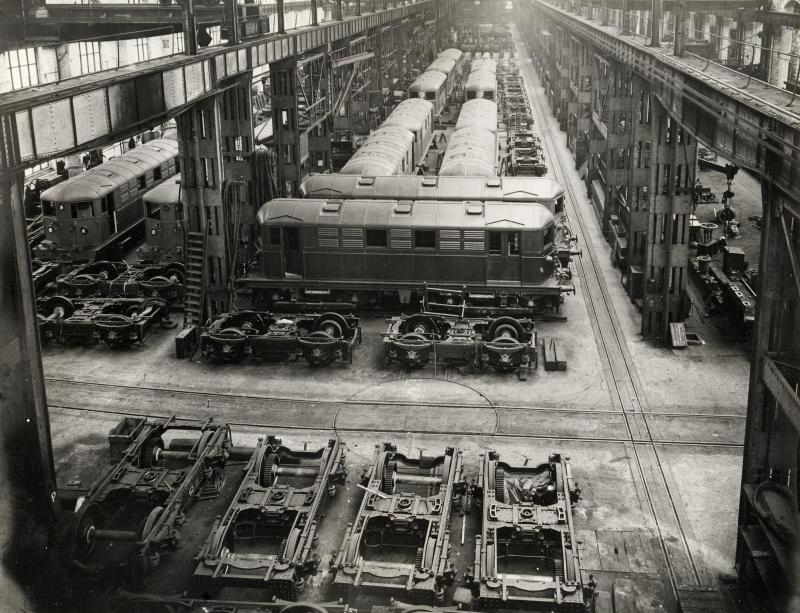
▴ Source: London Transport Museum
1919
Cammell Laird pivots from artillery to railway rolling stock
Industrial Conversion
Various, UK

▴ Source: Locomotive & Carriage Institution
1961
Vickers builds rail engines at its naval shipyard
Industrial Conversion
Barrow-in-Furness, UK
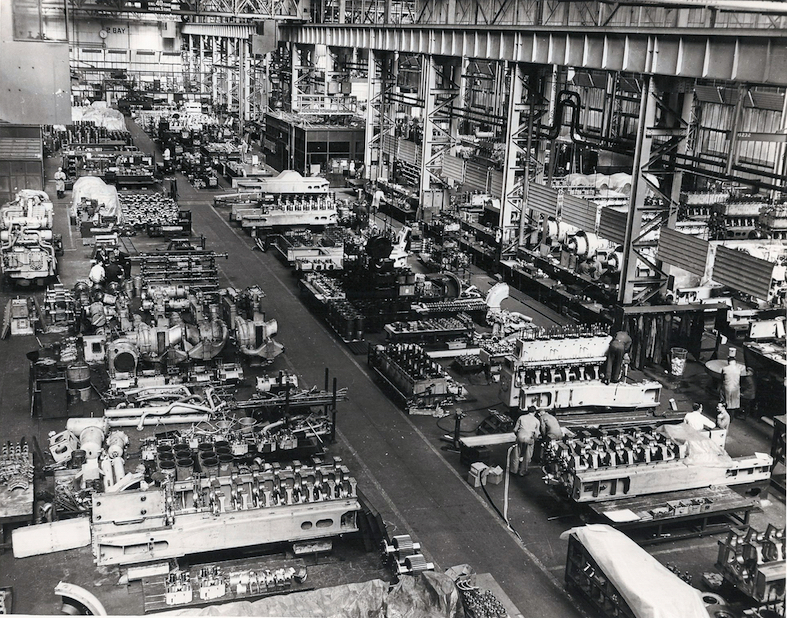
▴ Source: Railway Matters
1973
A military helicopter plant builds subway cars
Industrial Conversion
Philadelphia, USA
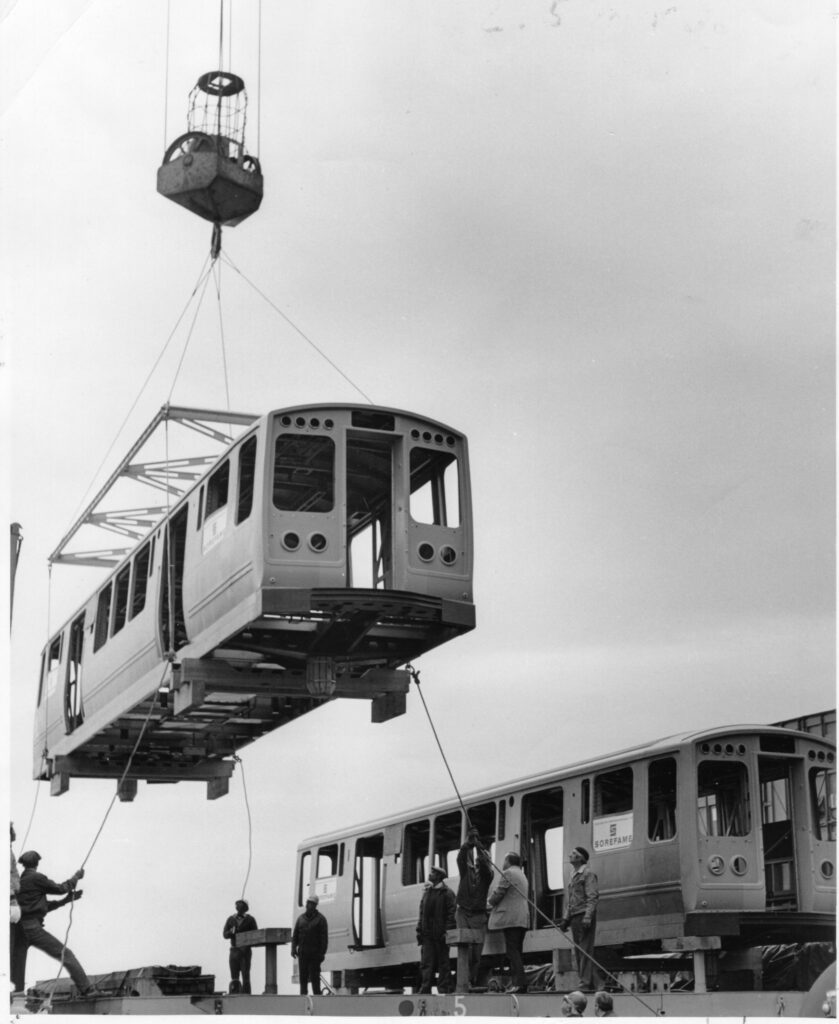
▴ Source: Flickr
1976
Lucas Aerospace workers publish an industrial conversion plan.
Union Proposal
Birmingham, UK

▴ Source: The Plan documentary
mid-1980s
Unisys workers propose a Lucas Plan in Minnesota
Union Proposal
Minnesota, USA
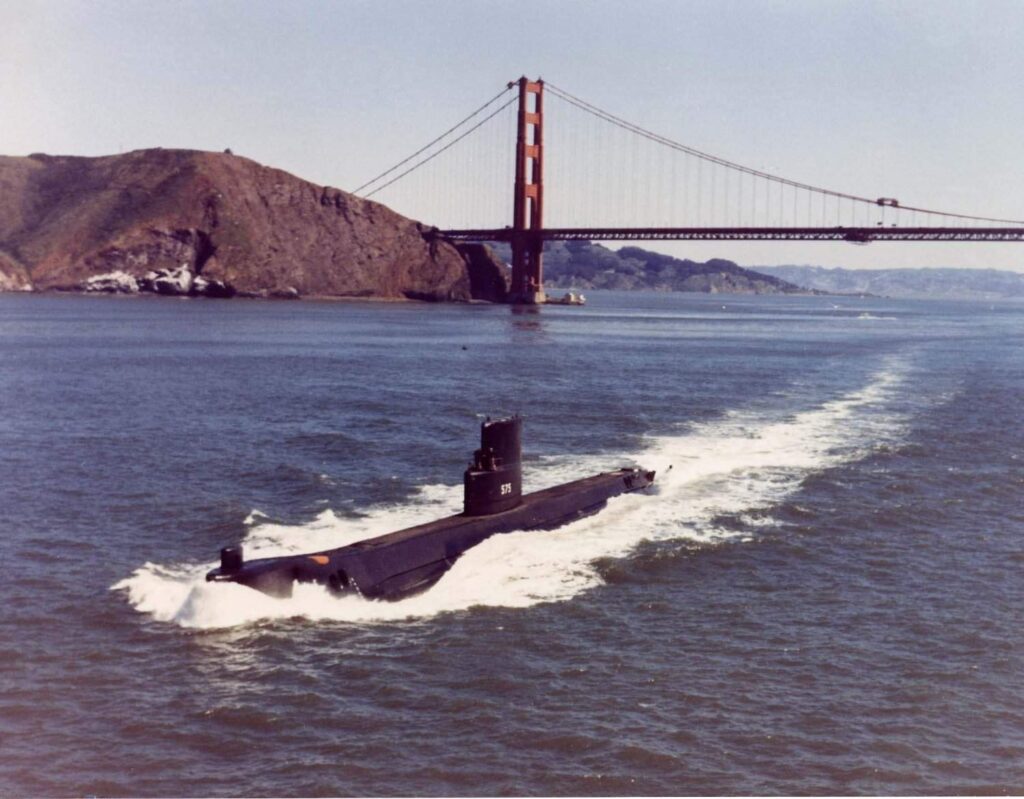
▴ Source: US Navy
1987
Shipbuilding unions investigate industrial conversion
Union Proposal
Barrow-in-Furness, UK

▴ Source: Warship Yard Workers: A Survey of Attitudes to Defence and Civilian Work at VSEL, Barrow
1998
Lockheed Martin engineers develop hybrid bus system
Industrial Conversion
Binghamton, USA
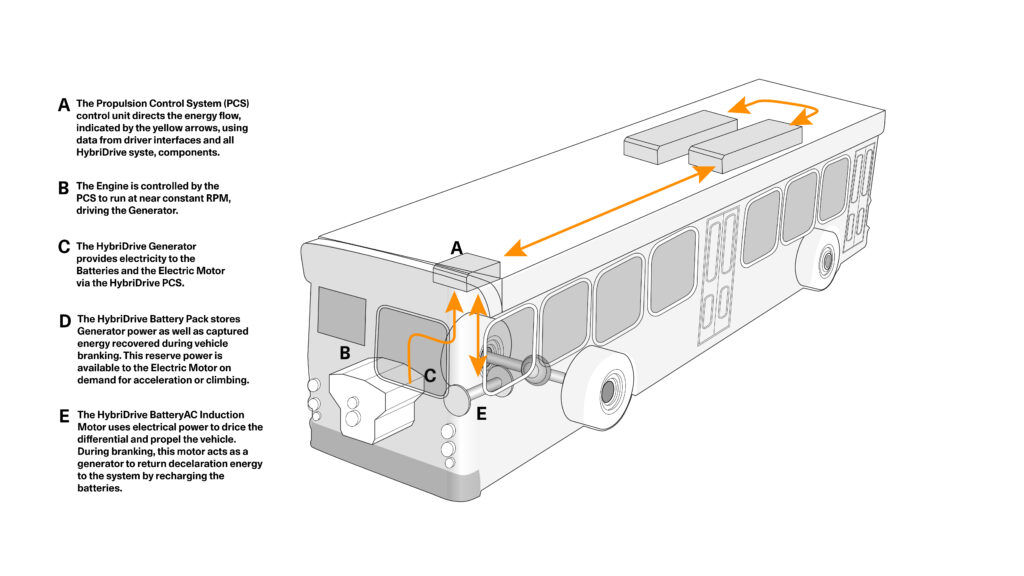
▴ Source: Common Wealth drawing of the HybriDrive Propulsion System™ based on the Lockheed Martin Control Systems Manual
2011
Bremerhaven shipyards transition towards offshore wind
Industrial Conversion
Bremerhaven, Germany

▴ Source: Prof. Andy Jonas
2019
Harland & Wolff workers occupy their shipyard to safeguard jobs
Union Proposal
Belfast, Ireland
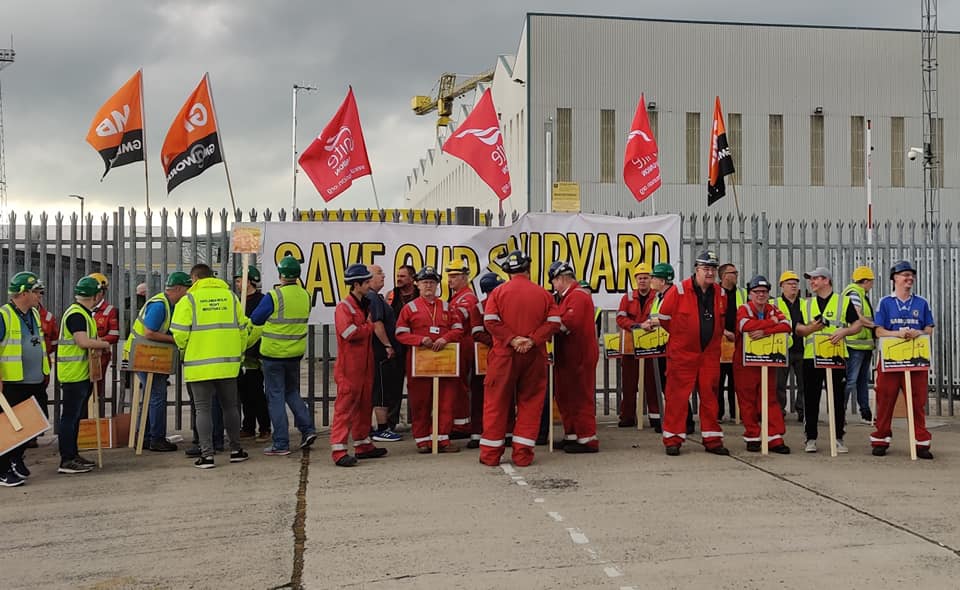
▴ Source: IndustriALL Global Union
2021
GKN workers occupy their factory and propose a transition
Union Proposal
Florence, Italy
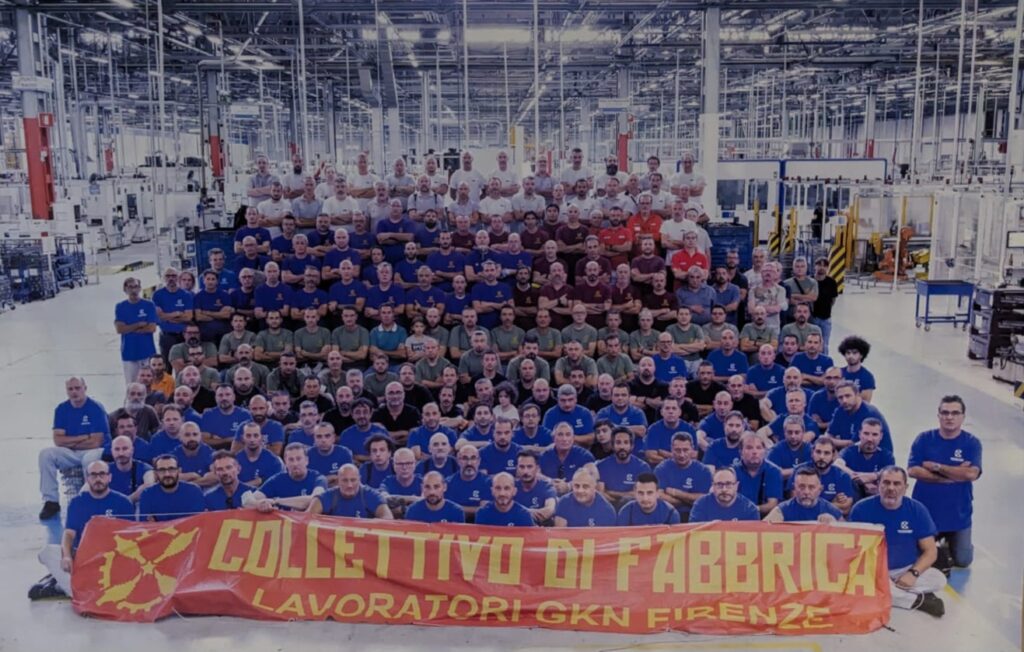
▴ Source: Sean Farmelo
2024
The Rosyth naval shipyard expands its offshore wind production
Industrial Conversion
Rosyth, Scotland

▴ Source: Google Earth Pro
Acknowledgments
With thanks to the eleven workers that we interviewed at the Govan and Scotstoun shipyards, whose experience and perspectives fed into the production of this video. We would also like to thank the workers at naval shipyards that we interviewed in 2024 for the report, A Lucas Plan for the Twenty First Century.
The feedback offered by Govan for Palestine, Clark MacAllister, Amelia Horgan, Mathew Lawrence and Sarah Nankivell was also essential to the production of this video.
Credits
Design, 3-D modelling and video production: Pinelopi Gardika
Research: Leela Jadhav and Khem Rogaly
Research coordination: Leela Jadhav
Narration: Clark MacAllister
Sound engineering: Tom Lye
Editorial: Amelia Horgan
Timeline design: Rectangle
